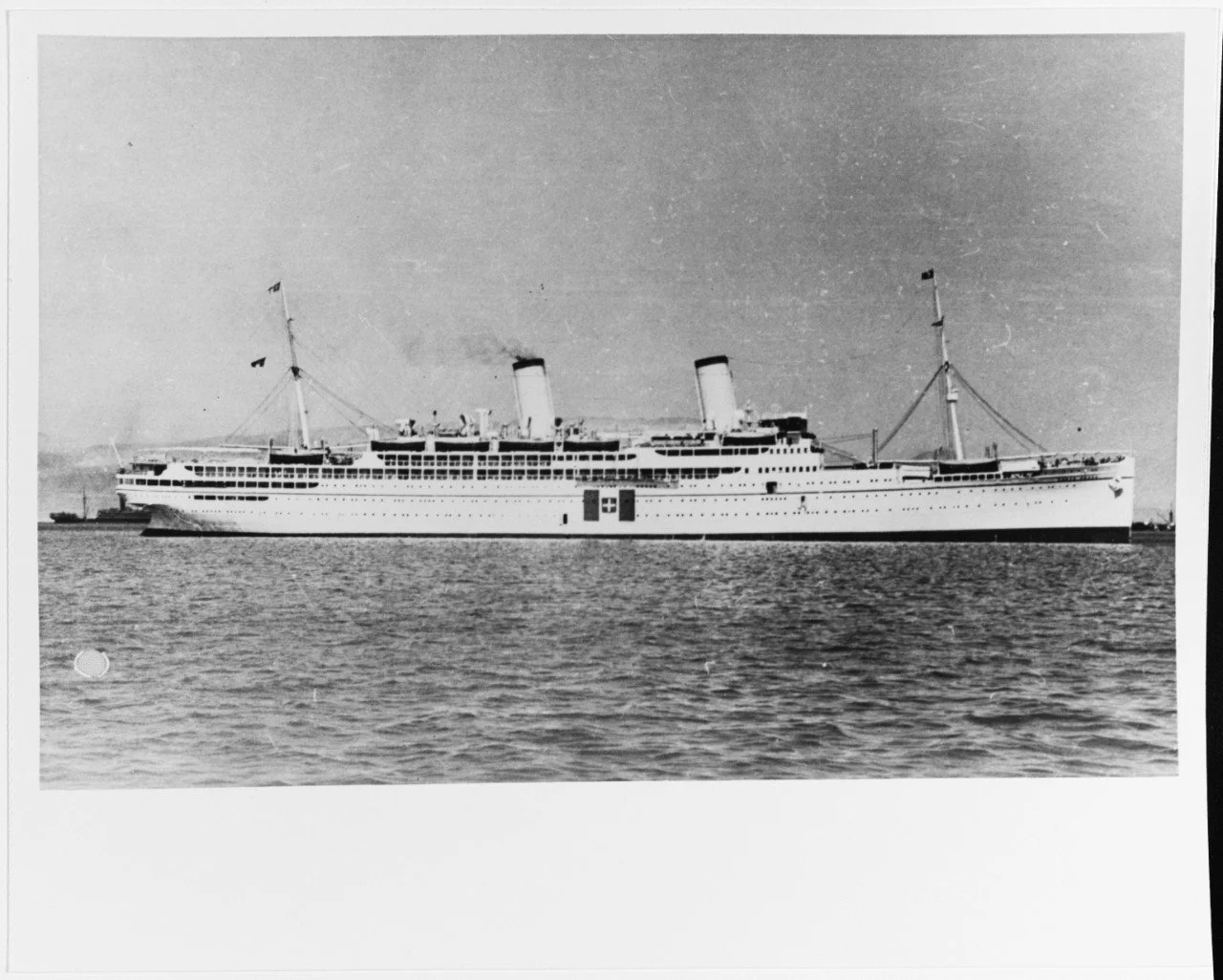Review of ‘The Refugee System’ by Rawan Arar and David Scott FitzGerald
In The Refugee System, Rawan Arar and David Scott FitzGerald offer an avenue for overcoming the limits of the siloed approaches which direct research on refugees. Situating their work at the intersection of international migration, forced displacement, and conflict studies, they propose a ‘systems approach’ which ‘shows how “refugeedom” – the relationship between refugees, state, and society – interacts with refugeehood – the experience of becoming and being a refugee’ (6). Their theoretical examination builds on Peter Gatrell’s promotion of ‘refugeedom’ as a concept that transcends the nation state. However, Arar and FitzGerald are emphatic that ‘a systems approach does not require writing a history of the world to understand a given situation’ (5). Their sociological study focusses on how systems affect lived realities and maps flows of power primarily to elucidate the dynamics between violence and (im)mobility. Their findings attest that work on refugeedom is immeasurably strengthened by understanding how displaced persons themselves may view the matrix as they navigate its confines.
The book presents a framework that synthesises and responds to ongoing debates across many subfields of migration scholarship. Arar and FitzGerald divide their criticisms of current siloes into six areas: neglect of the causes of displacement; reliance on an exclusively legal definition of refugees; obliviousness to those who do not move; singular focus on ‘durable solutions’; restriction of research to isolated stages of displacement; and ‘ahistoricity.’ With this last point, they refer to a lack of contextual grounding within policy studies which implies that refugee ‘history begins in the twentieth century and Europe lies at [its] centre’ (46). They argue that that the wider lens offered by a systems approach remedies these fractures by drawing into focus historical perspective, the factors that shape refugee movement and decision-making, and the interplay between actions and policy.
The authors open with a compelling exploration of ways categorisation can serve to bound. Chapter Two, ‘Who is a Refugee?’, captures nuances within the nomenclature debate with rigour and clarity. Disrupting the rigid binaries of forced/voluntary migration and notions of mobility/immobility within sociological and historical work, they implore us to move beyond classifications of displacement fixed foremost in the priorities of legal and humanitarian practice. Their positioning of refugees as ‘a subset of migrants’ is instructive for historians approaching the refugee as a category of analysis (35). Furthermore, by including people denied official status and/or facing ‘involuntary immobility’ within the scope of their study, Arar and FitzGerald invite us to reinterrogate precisely who is involved in the objective of 'thinking with refugees about refugee history' (40). The authors consistently break their arguments down into accessible outlines. Here, they represent their central theorisation graphically through an ’immobility chessboard’ which plots ’a matrix of possible experiences’ according to their ’degree of proximate coercion’ and ‘degree of movement’ domestically, internationally, and in relation to return. At the extremes of these ‘continua of coercion and movement’ they present voluntary non-migrants (least movement, least coercion), people killed at home (least movement, most coercion), voluntary returnees (most movement, least coercion), and people killed on return (most movement, most coercion) (41). These combine with sixteen other subject locations across the two axes which collectively demonstrate the capaciousness of the systems approach.
Chapter Three further probes questions around categorisation by charting the history of the legal refugee regime. Functioning as a historical scaffold for the rest of the book, it provides a robust overview of the ways in which contemporary refugee policies are shaped by legacies of colonialism, geopolitics, and state interests. The authors explore varied sources of law and informal norms, reaching across wide geographical and temporal terrain to trace three trends in the development of the current refugee regime: secularisation, increasingly universalistic criteria, and the growth of multilateral agreements. With case studies reaching back as far as the sixteenth century, they dissect the myriad political, economic, and religious reasons behind displacement and responses to it. Analysis is oriented toward demonstrating how ‘historical examples echo contemporary debates’ and the historiographical discussion of approaches to refugee protection present a vivid picture of the malleability of official status (72).
The ways refugee movements and policy are linked across space and time remains a key focus throughout the book, which weaves historical examples together with contemporary data and a longitudinal study of the Asfour family. Whilst finer detail may in some instances have beneficial, the global scope of the work enables rich historically informed scrutiny of North-South dynamics, detailing the dependence of the current system on Southern states. The book duly demonstrates that approaches to reception in any given state, including both hosting and deterrence, reverberate around the world and early movements fundamentally direct later ones. Crucially, Arar and FitzGerald’s systems approach does not render the refugee to the abstract. What emerges most powerfully from their treatment of the phenomena is the centrality of refugee decision-making. Their exploration of the interactive processes that define the system holds experiences of exit, transit, and arrival at its core. The authors remain deeply attentive to the ways people negotiate decisions to move or stay, the journeys they make, and the places they go. This perspective is addressed most directly in ‘the new economics of displacement’ presented in Chapter Four, which decentres the individual and focuses instead on family-level decision-making (75). The approach offers a holistic view of refugees’ often fluid self-identities and capacity to navigate both obstacles and opportunities. The book’s empirical detail and fundamental analysis judiciously portray a system that is never static, and Arar and Fitzgerald leave open the full extent of possibilities for how their systems framework might be applied within new research. Serving, in part, as a work of synthesis, their proposals for overcoming siloed knowledge production have much resonance even for studies that are necessarily more limited in scope.
*
The header image shows the book under review.



